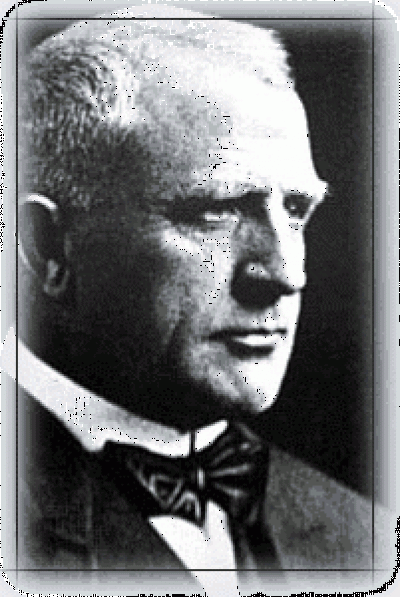The original Switchback Railway was the first roller coaster at Coney Island in Brooklyn, New York City, and one of the earliest designed for amusement in the United States. The 1885 patent states the invention relates to the gravity double track switchback railway, which had predicated the inclined plane railway, patented in 1878 by Richard Knudsen. Coney Island's version was designed by LaMarcus Adna Thompson in 1881 and constructed in 1884. It appears Thompson based his design, at least in part, on the Mauch Chunk Switchback Railway which was a coal-mining train that had started carrying passengers as a thrill ride in 1827.For five cents, riders would climb a tower to board the large bench-like car and were pushed off to coast 600 ft (183 m) down the track to another tower. The car went just over 6 mph (9.7 km/h). At the top of the other tower the vehicle was switched to a return track or "switched back" (hence the name).
This track design was soon replaced with an oval complete-circuit ride designed by Charles Alcoke and called the Serpentine Railway. In 1885 Phillip Hinkle developed a lift system which appeared in his ride called Gravity Pleasure. The Gravity Pleasure also featured cars in which the passengers could face forward instead of in the awkward bench-like seats of the first two roller coasters. The next year, Thompson patented his design of coasters that included dark tunnels with painted scenery. Thompson built many more roller coasters under the name "The L.A. Thompson Scenic Railway" across the United States. Some of these operated until 1954.
LaMarcus Adna Thompson (March 8, 1848 – March 8, 1919) was an American inventor and businessman most famous for developing a variety of gravity rides and Roller coasters.

1884Jun, 16
The first purpose-built roller coaster, LaMarcus Adna Thompson's "Switchback Railway", opens in New York's Coney Island amusement park.
Choose Another Date
Events on 1884
- 27Mar
Cincinnati riots of 1884
A mob in Cincinnati, Ohio, attacks members of a jury which had returned a verdict of manslaughter in what was seen as a clear case of murder; over the next few days the mob would riot and eventually destroy the courthouse. - 20Apr
Humanum genus
Pope Leo XIII publishes the encyclical Humanum genus. - 14Oct
Photographic film
American inventor George Eastman receives a U.S. Government patent on his new paper-strip photographic film. - 22Oct
Prime meridian (Greenwich)
The Royal Observatory in Britain is adopted as the prime meridian of longitude by the International Meridian Conference. - 10Dec
Adventures of Huckleberry Finn
Mark Twain's Adventures of Huckleberry Finn is published.

 English
English  español
español  français
français  português
português  русский
русский  العربية
العربية  简体中文
简体中文 